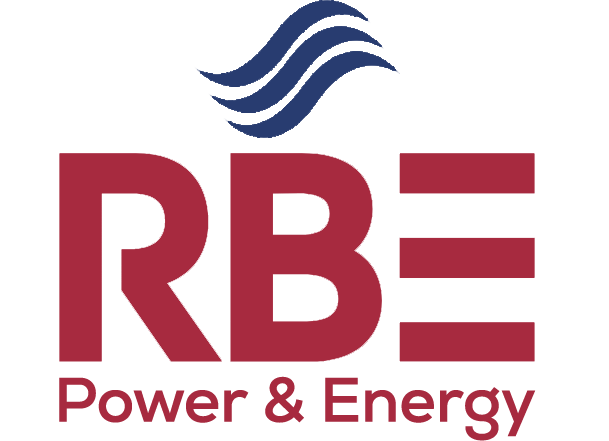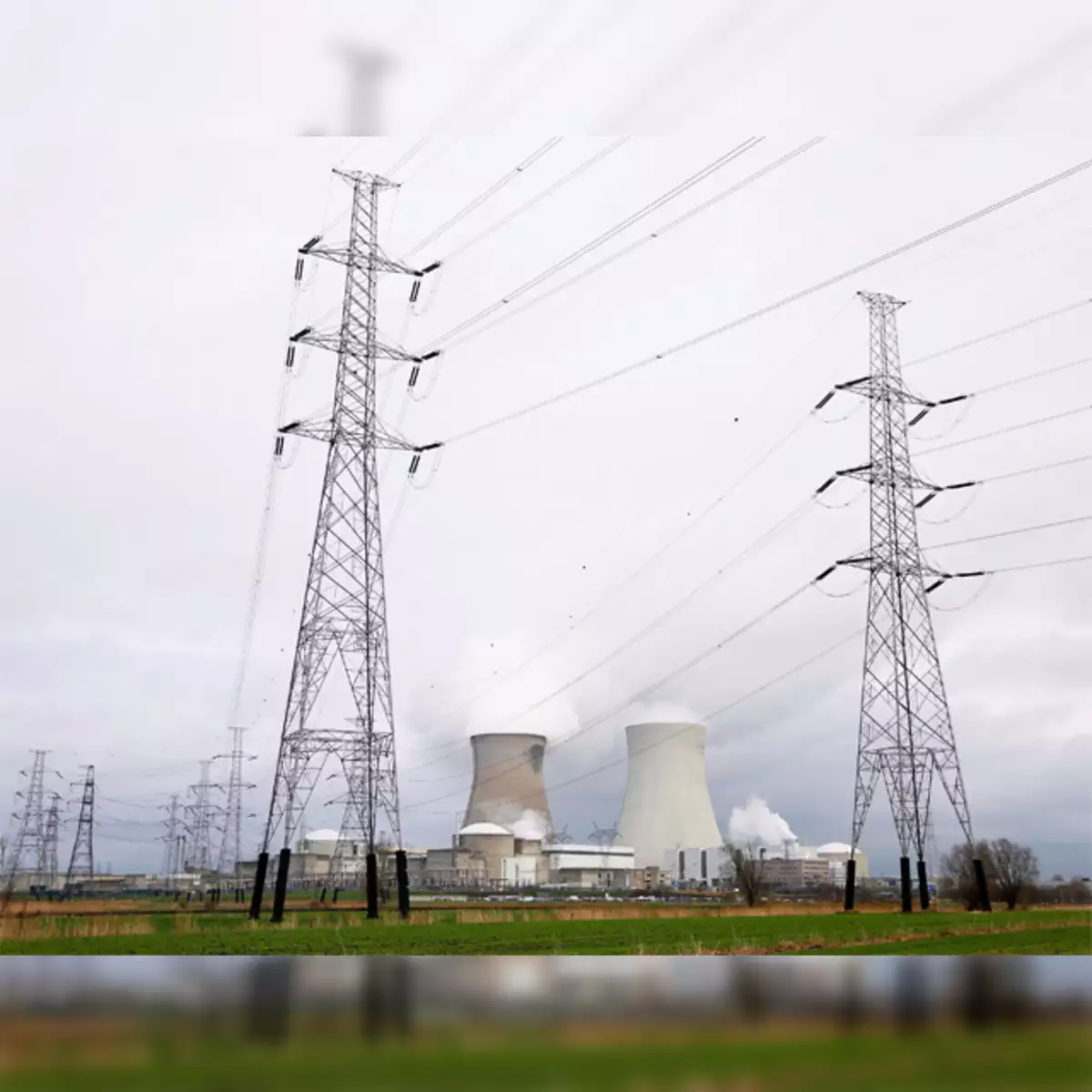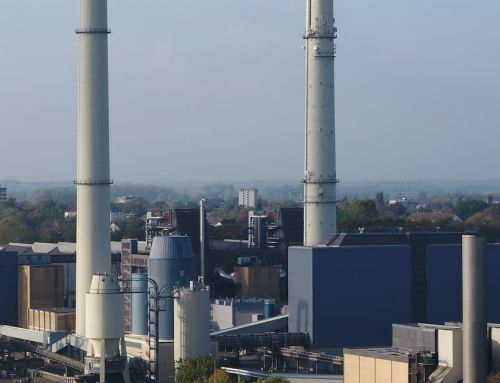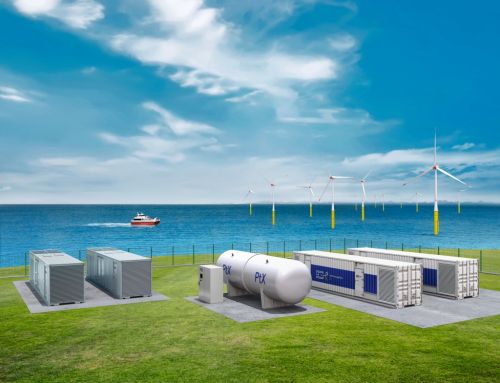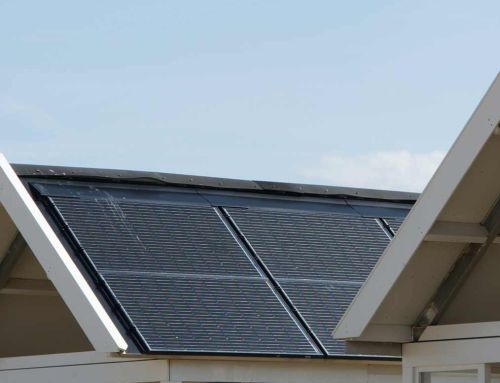What is power to heat?
In the world increasingly focused on using electrical energy as a main energy source, power to heat (P2H or PtH) is a term used to generally describe a process of heating performed thanks to the electricity. It is also an increasingly important term in the context of climate change and mitigating carbon emissions (decarbonization). Most of the current developed economies are facing two parallel challenges: how to manage in the most efficient way the quick growth of electrical energy sources, and the fast development of industrial production facilities that require growing amounts of heat.
Power to heat is addressing both of these issues. On one hand, it allows using renewable energy, which price is increasingly attractive. On the other hand, it enters the areas of industrial activities, when the request for industrial heating is growing equally fast as the need to generate the heating in a climate friendly way.

What exactly is meant by ‘power-to-heat’?
Despite the increasing utilization of renewable energy sources such as solar and wind for electricity generation, our residential heating systems often still rely on natural gas. However, this status quo is anticipated to evolve. “Power-to-heat” technology illustrates how renewables can also be harnessed for heating purposes.
The concept of “power-to-heat” is pivotal in maximizing the efficiency of renewable energy. In 2015, solar, wind, and other renewable sources contributed to nearly one-third of Germany’s electricity, setting a new milestone. By 2025, it is projected that renewables will account for 45% of the country’s electricity supply. Notably, renewable energy sources are not only gaining traction in electricity generation but also in heating applications. As part of the energy transition, solar power, biomass, and ambient heat are gradually displacing fossil fuels in the heating sector, heralding positive environmental implications.
So, how does “power-to-heat” work in practice? This technology encompasses various methods, with heat pumps being the most prevalent. Heat pumps utilize electricity to extract heat from the environment, compress it, and then use it for heating purposes. What’s noteworthy is that for every kilowatt-hour of electricity consumed by the heat pump, several kilowatt-hours of heat are generated, making them an efficient option for converting power into heat. In situations requiring high temperatures, such as industrial processes, electrode boilers are employed. These boilers directly convert renewable electricity into heat, albeit with slightly lower efficiency compared to heat pumps.
Moreover, “power-to-heat” technologies play a crucial role in advancing the energy transition. By utilizing renewable electricity for heating purposes, these technologies not only promote climate protection but also reduce dependence on fossil fuels. Furthermore, they contribute to grid stability by incorporating heat storage units that absorb excess electricity during periods of high generation and release it during low-generation phases. As a result, energy consumption is reduced, and the share of renewable energy is increased.
The ongoing research in the field of “power-to-heat” is supported by government initiatives such as the 6th Energy Research Programme, aimed at exploring innovative solutions to accelerate the energy transition. Additionally, consumers seeking to transition to renewable heating options can benefit from funding programs such as the Market Incentive Programme for Renewable Energy on the Heating Market (MAP), which offers incentives for adopting technologies like heat pumps.
In essence, “power-to-heat” technology represents a crucial step towards maximizing the potential of renewable energy sources and facilitating the transition to a sustainable energy future.
